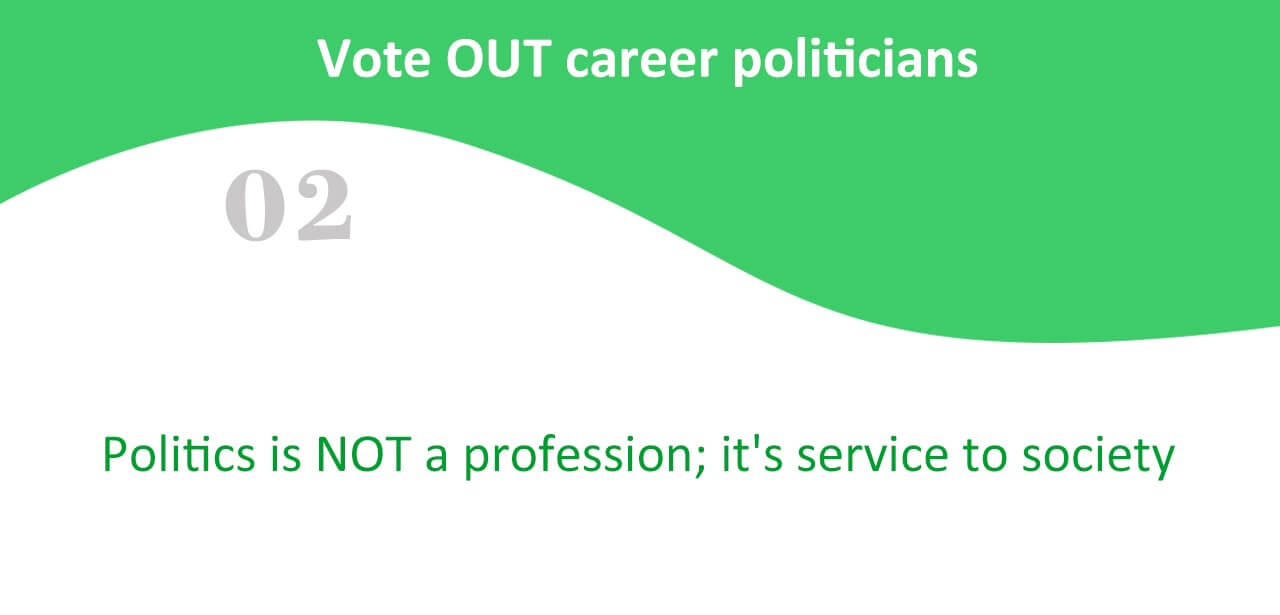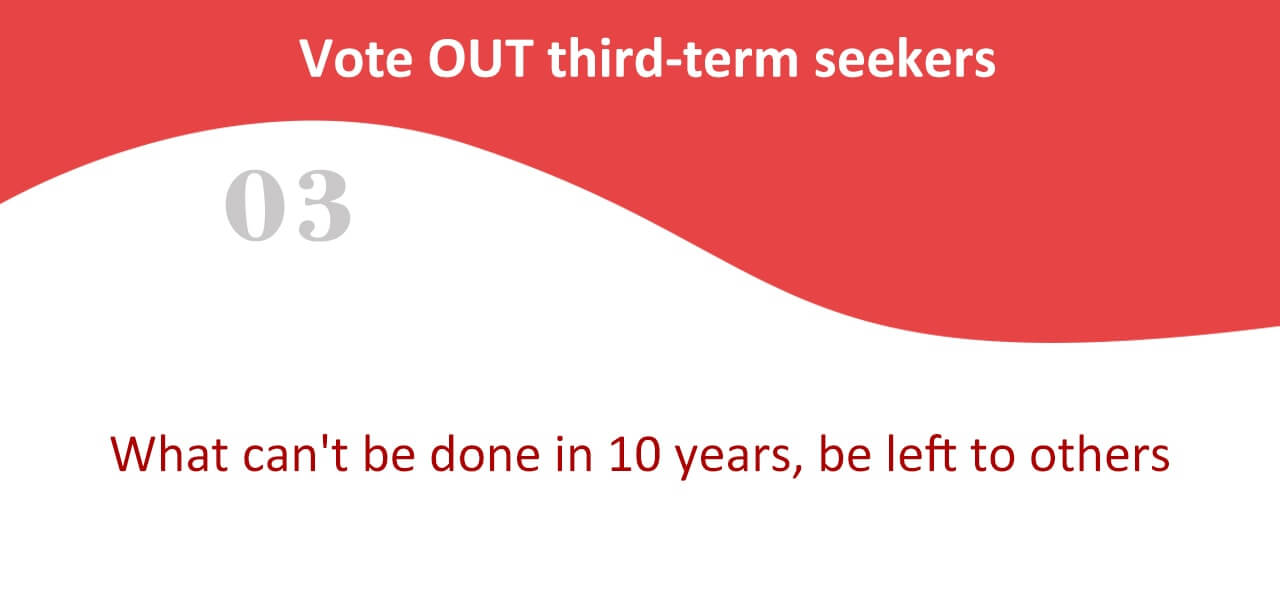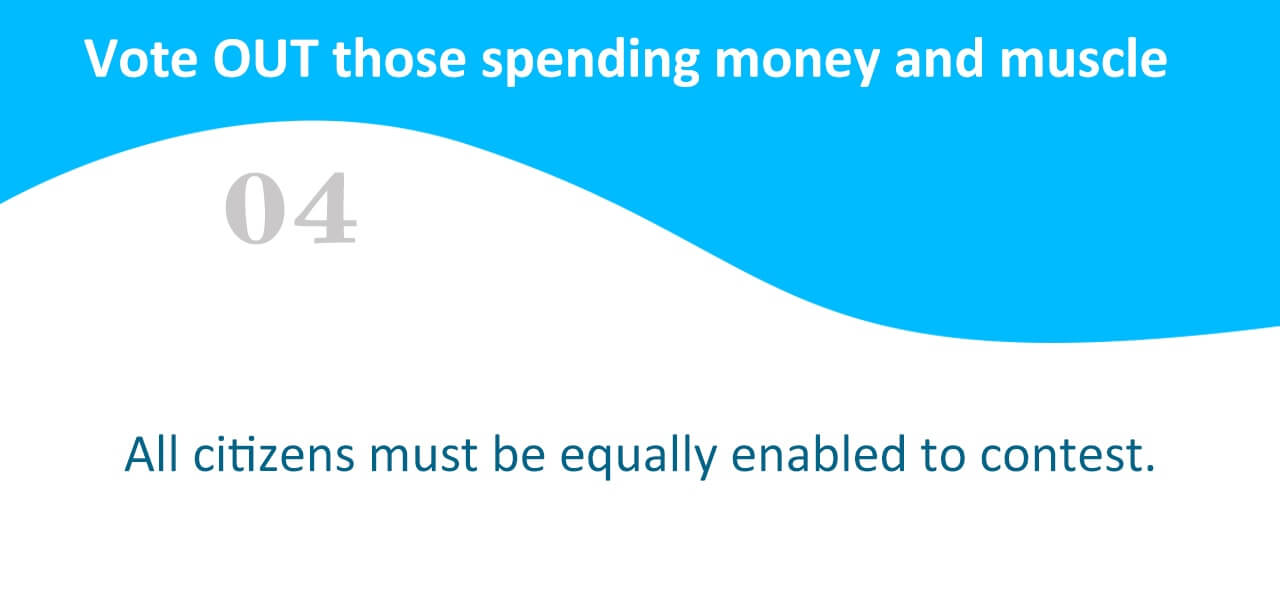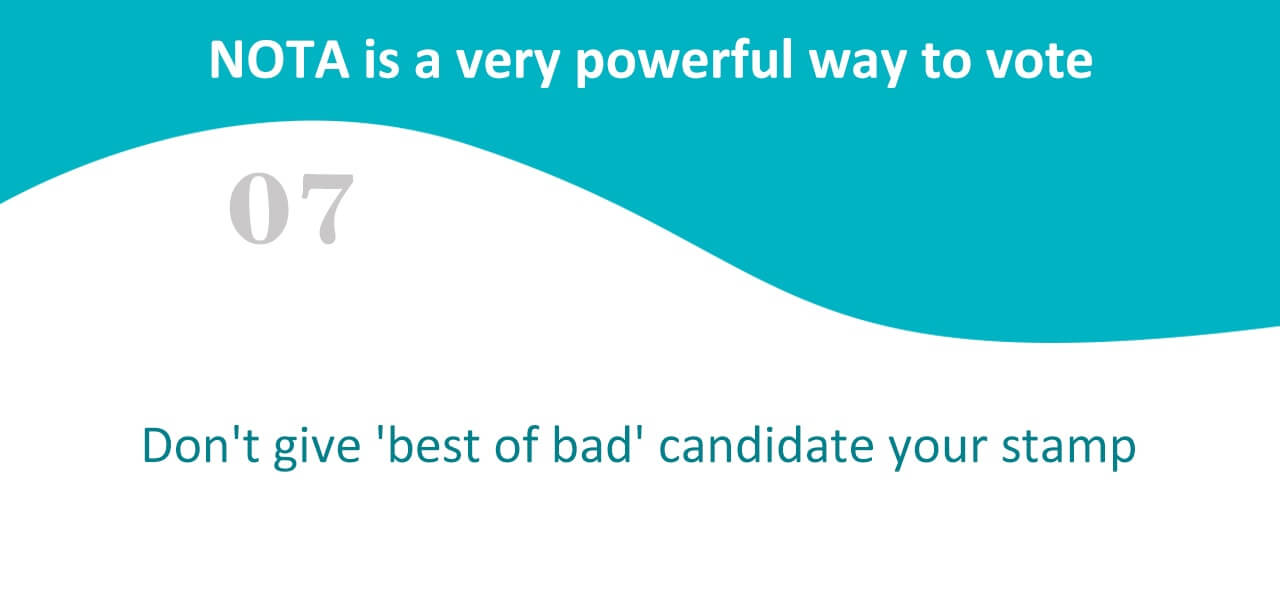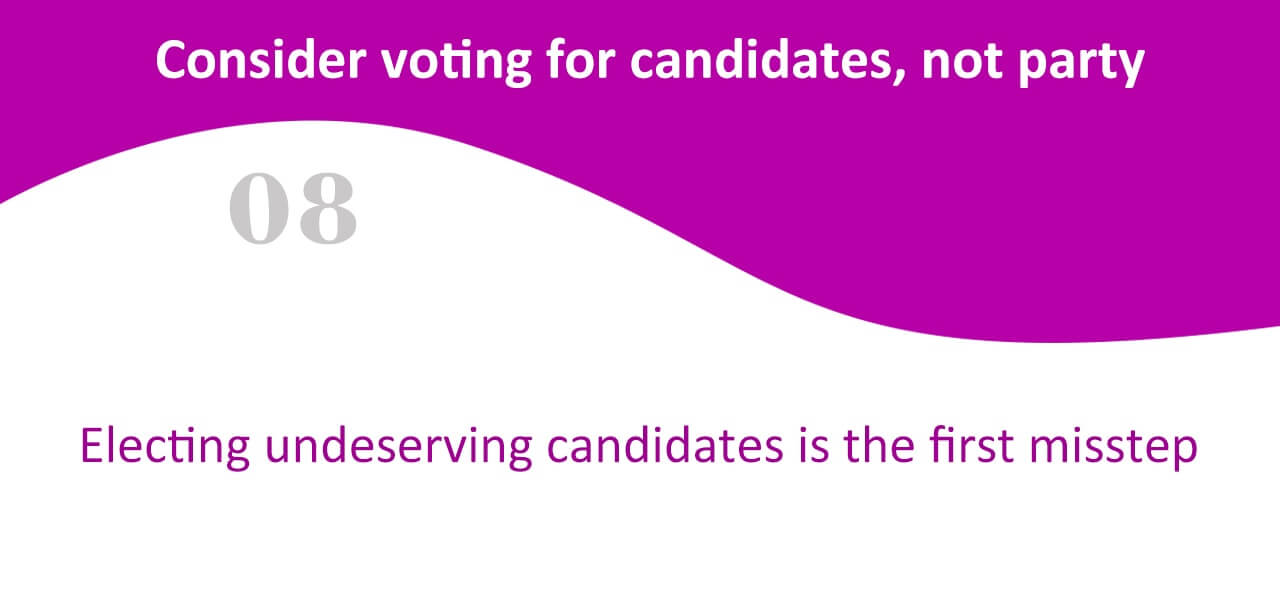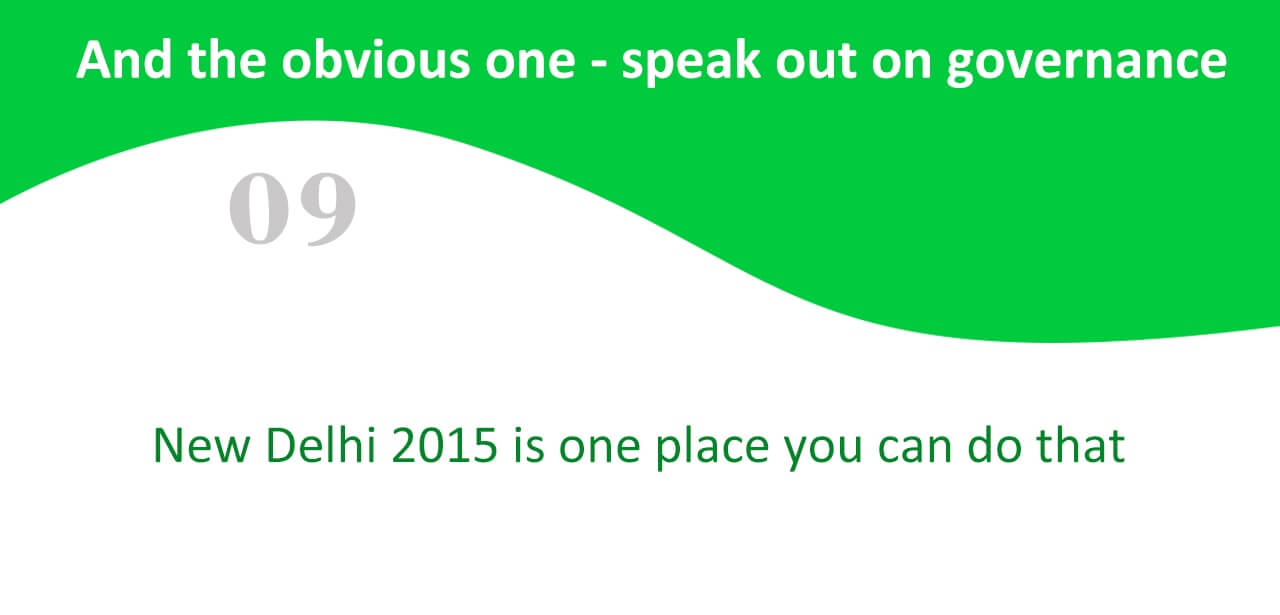Even the 'best of schools' fail to ensure academic performance of all students
Further, careers in STEM (Science, Technology, Engineering, Math) will remain the easiest gateway to professional success. No child should feel excluded from career opportunities in STEM due to poor academic performance at school.
The reality, on the other hand, is that the overwhelming majority of students face a ‘regressive shock’. Students helplessly live in an increasingly weaker connection to math and science teaching with every ‘promotion’ to the next class! Worse, tuition and coaching make matters perplexing and taxing, without recourse. To be fair, however, a very small minority among schools is sincerely striving to change this reality (with no known success, as yet).
We have already discussed the unfortunate reality that NO SCHOOL can GUARANTEE academic excellence for ALL students because the very design of school is defective. The teaching-learning resources and processes of schools are inherently ineffective and zillion 'improvisations' in the same will do no good. Of the several critical deficiencies in the teaching-learning processes and resources, the important three are:
A brief comparative of the tuition/coaching systems of the four countries is very illustrative and presented as under:

The learning resource - the maths and science syllabi - itself is numbing our children (and weaning them off learning)In a complete contrast to the common reality of incomplete coverage of syllabus year after year, the happy truth is that the 48 months (4 years) syllabi of math and science of Classes VI - IX of the national boards could easily be transacted within 6 months if a child is an expert reader and commands high academic language skills; Class X is no tougher but we have kept it out of this discussion to keep the ‘board exam issues’ out of the frame.
The debilitating effects of forced baby-steps on teenagers (to reach only 6 steps - equivalent to 48 baby steps) cannot even be imagined!The limited content and significantly high overlap between the content of consecutive classes has the opposite effect on the children – it ends up slowing down their development.
The artificial boundaries of class-wise syllabi must be leaped over for your child for her to be interested in learning maths and science!We request you to check this out with the maths/science HOD of your child’s school.
Over the years, school syllabi have been significantly watered down for ill-conceived ‘inclusive reasons’ while the general intelligence of children has risen.
The educationally disadvantaged children must not be offered a watered down syllabi as they have to compete with the rest for all the times later; extensive supplementary support in the language of academics and comprehensive prior knowledge bridge is what such children need.
Very low expectations from students (and low expectations beget poor performance)100% attendance is perhaps the only expectation from students; leave applications attract the most shocking reactions from the schools. Their mere presence is good enough for attendance.
Being attentive in classroom is not binding on them. They can get the homework done by the tuition teachers, buy projects off-the-shelf, get essays from the net, not read ahead of the class, not study everyday, not think but 'parrot'’' answers, not volunteer to speak a sentence in class for 14 years.
The list of 'couldn't care less' things at schools' end is horrifyingly endless. No wonder that students become non-performers by Class X. Those who do 'perform' are despite the system.We need to challenge every student to do well.
Maths and science especially need practice and ‘challenge’ on a daily basis! And ideally, the challenge must be self-targeted by children and not in the form of ‘Olympiads’ or one-off assessments.
Parents treated as outliers and even worse - as the fall guy (blamed for their child’s poor performance)Schools have failed in harnessing the critically complementing role of parents in ensuring academic excellence of students.
Schools ‘officially’ take little cognizance of what children do at home and have long been accepting tutored homework, bought out projects, ‘googled’ book summaries, remote-tutored answers, etc. As expected, teaching at school is not appropriately reinforced by learning at home and over time the performance of students starts to fall off the (misplaced) expectations.
In fact, the only proven fact about school education is very uncharitable to schools - ‘parenting/immediate community matters for sure’. And schools fail to harness parental contribution.
The role of parents in maths and science education is important for another reason too – a vast majority of parents ‘fear maths and science’ and, expectedly, rather than going the extra mile for their children, they tend to run away from these two subjects to make matters worse.
Indeed, schools must go the extra mile in math and science education by educating at least one of the parents also in the two subjects (along with the students).
A tall order, but there is no getting away from it. Obviously, the maths and science education for parents cannot be organized the same way as for the students; innovative online learning resource with need-based, face to face support is the workable option.
Parents must shed their fears of maths and science and duly complement schools. Homes where parents have no fear of maths or science end up securing better performance for their children; the fear of maths and science is unduly exaggerated. There is literally little in math and science syllabi up to Class VIII that a child-centred mother cannot help her children with.
Mentoring Million Minds is the world’s only learning system to offer concept-based, specifically actionable, multi-class unique micro-progress reports to parents and students to support self-help. It empowers parents to get the most realistic picture of children’s academic progress. It helps bring parents and children closer and makes families happier together!

































